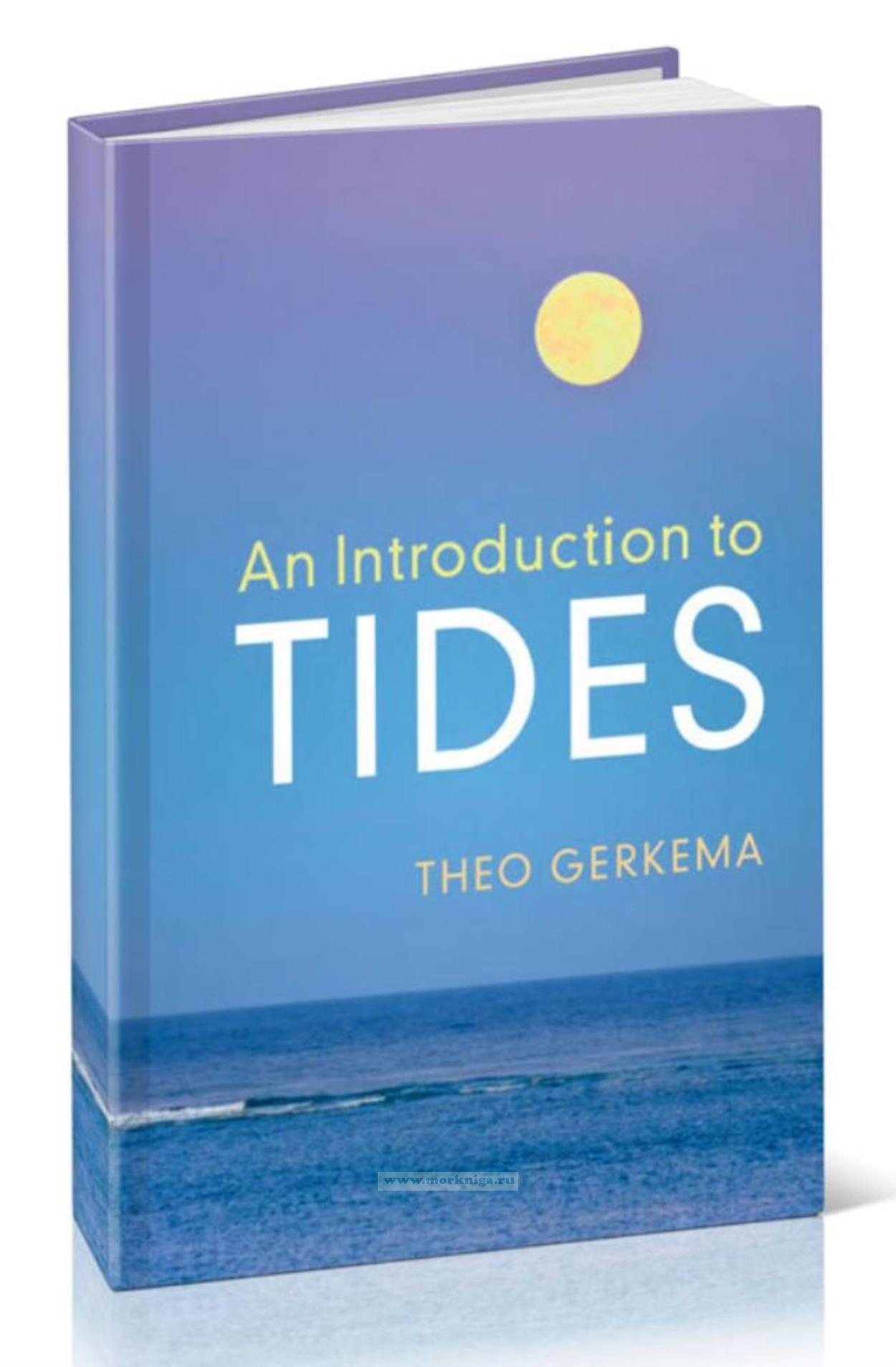An introduction to tides/Введение в приливы
Издание на английском языке
This textbook is a self-contained introduction to tides that will be useful for courses on tides in oceans and coastal seas at an advanced undergraduate and postgraduate level, and will also serve as the go-to book for researchers and coastal engineers needing information about tides. The material covered includes: a derivation of the tide-generating potential; a systematic overview of the main lunar periodicities; an intuitive explanation of the origin of the main tidal constituents; basic wave models for tidal propagation (e.g. Kelvin waves, the Taylor problem); shallow-water constituents; co-oscillation and resonance; frictional and radiation damping; the vertical structure of tidal currents; and a separate chapter on internal tides, which deals with ocean stratification, propagation of internal tides (vertical modes and characteristics) and their generation. Exercises are provided in each chapter.
Contents
Acknowledgments
1 Introductory Concepts
1.1 The Nature of Tides
1.2 Generation and Dissipation of Tides
1.2.1 Cause of the Tides
1.2.2 Moon and Sun
1.2.3 Energy Flows
1.3 Nontidal Variations and Mean Sea Level
1.4 Example of a Sea Level Record
1.5 Scope and Outline of this Book
2 Tidal Forcing
2.1 Forces in the Orbital Motions of the Earth–Moon System
2.1.1 Derivation of the Tractive Force
2.1.2 Tide-Generating Potential
2.2 Declination
2.3 Tide-Generating Potential in Terrestrial Coordinates
2.4 Combined Tractive Forces of Moon and Sun
3 Celestial Motions
3.1 Sun-Earth System
3.1.1 Orbit
3.1.2 Obliquity
3.1.3 Daily Rotation
3.2 Earth-Moon System
3.2.1 Orbit
3.2.2 Lunar Apsidal Precession
3.2.3 Inclination and Lunar Nodal Cycle
3.2.4 Other Lunar Variations
3.3 List of Periods
4 Tidal Constituents and the Harmonic Method
4.1 Introduction
4.2 Casting Celestial Motions into Sinusoids
4.2.1 Declination
4.2.2 Elliptic Orbit
4.3 Derivation of Tidal Constituents
4.3.1 Long-Period Constituents
4.3.2 Diurnal Constituents
4.3.3 Semidiurnal Constituents
4.3.4 Correction for Lunar Nodal Cycle
4.4 Ranking of Constituents
4.5 Harmonic Analysis
4.6 Retrieving the Celestial Harmonies
4.7 Timing of the Tide
4.7.1 Cycles in the Phasing of the Tide
4.7.2 The Tidal Period - What Is It?
4.7.3 Circa-Tidal Clocks in Marine Life
5 Tidal Wave Propagation
5.1 Introduction
5.2 Equations of Motion
5.2.1 Linear and Hydrostatic Approximations
5.2.2 Boundary Conditions
5.2.3 Single Governing Equation
5.3 Poincar?e Waves
5.4 Kelvin Waves
5.5 Kelvin Waves in a Channel
5.6 The Taylor Problem
5.7 Modified Kelvin Waves in the Presence of a Shelf
5.7.1 Case I: Sinusoidal Solution on Shelf
5.7.2 Case II: Exponential Solution on Shelf
6 Tides in Coastal Seas and Basins
6.1 Introduction
6.2 Equations of Motion
6.3 Shallow-Water Constituents
6.4 Tidally Induced Residual Flows
6.4.1 Residual Flow along a Bank
6.4.2 Residual Flows in Back-Barrier Basins
6.4.3 Chaotic Stirring
6.5 Co-Oscillation and Resonance
6.5.1 Frictional Damping
6.5.2 Radiation Damping
6.6 Helmholtz Oscillation
6.7 Tidal Currents: Decomposition in Phasors
6.8 Vertical Structure of Tidal Currents: Ekman Dynamics
6.9 Tidal Straining
7 Internal Tides
7.1 The Ocean’s Inner Unrest
7.2 Density Stratification
7.3 Equations of Motion
7.3.1 Bousssinesq Approximation
7.3.2 Thermodynamic Energy Principles
7.3.3 Mass Conservation
7.3.4 Single Governing Equation
7.4 Vertical Modes
7.4.1 Uniform Stratification
7.4.2 Three-Layer System
7.5 Characteristics
7.5.1 Basic Properties of Plane Waves
7.5.2 General Solution
7.5.3 Reflection from a Slope
7.5.4 Beyond Uniform Stratification
7.6 Generation of Internal Tides
7.6.1 Barotropic Forcing Term
7.6.2 General Solution
7.6.3 Example
7.6.4 Numerical Model Results
Appendix A Mathematical Formulae
Appendix B Depth-Averaged Shallow-Water Equations
References
Index

